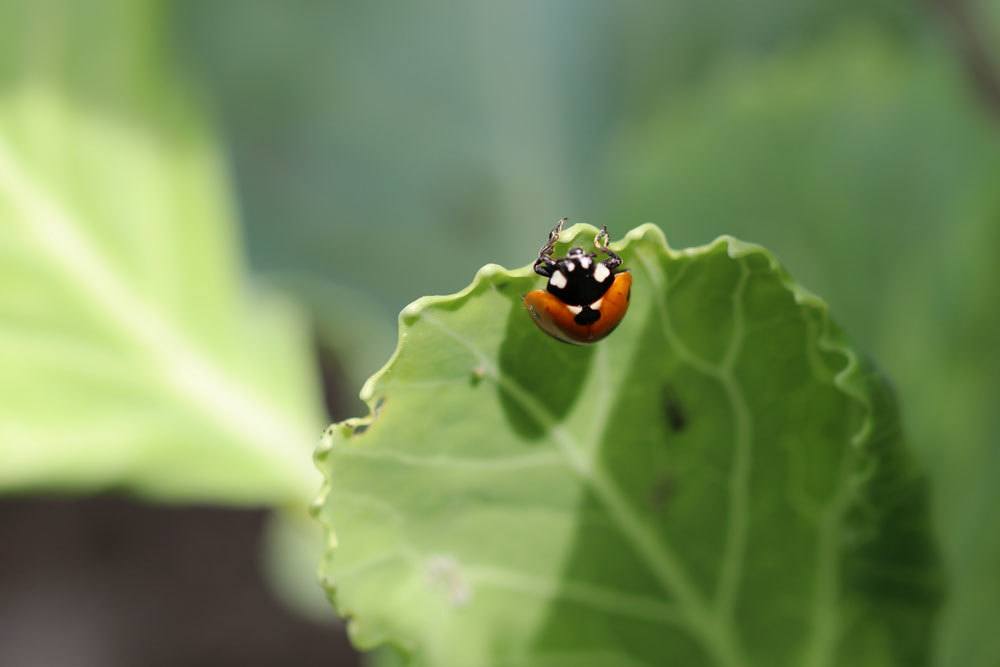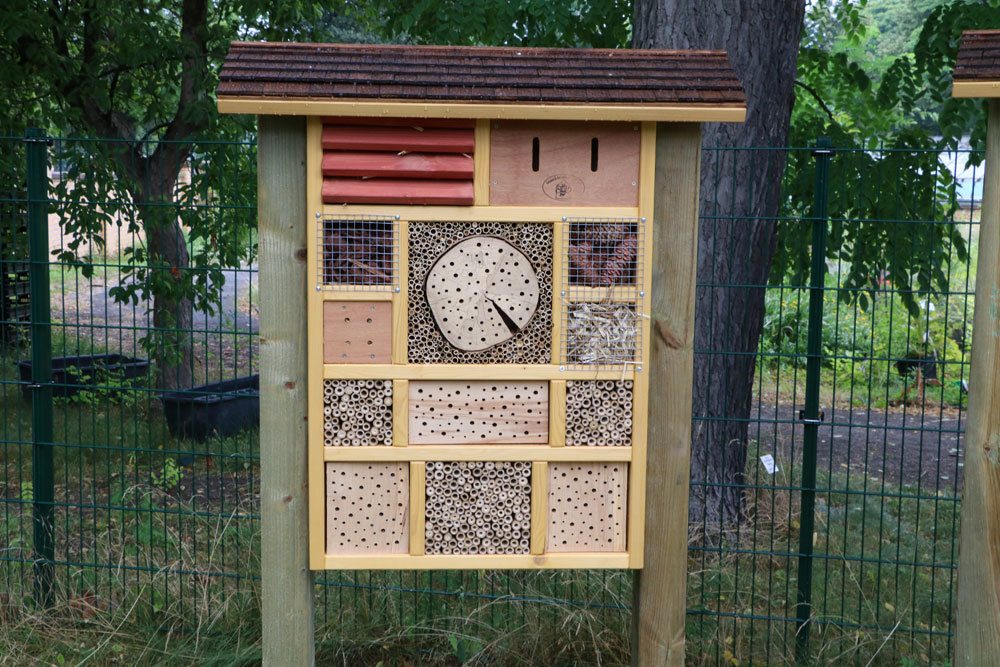If you observe nature carefully in autumn, you will see many ladybugs on house walls, plants and balcony railings. Because now the time has come, in which the small lucky charms look for suitable winter quarters. Since ladybugs hibernate alone only in exceptional cases, they come together in groups and even large swarms to find shelter from the cold season. In addition, in large aggregations they also find their sexual partner for the spring and can thus ensure the continuation of the species.
Species and feeding behavior
The family of ladybugs (Coccinellidae) consists of about 4,000 species. A good 70 species are native to this country. The best known species is the seven-spotted ladybug (Coccinella septempunctata). The insects feed mainly on aphids and/or scale insects, but also on spider mites, bugs and the larvae of beetles and leaf wasps. They belong to the group of beneficial insects and are bred for biological pest control.

Hibernation
Coccinellidae survive the cold season in the form of hibernation or rigor mortis, depending on the species. When the ambient temperature drops to about 12 °C, the respiration and heartbeat of the small beetles slows down and they fall into hibernation. The animals fall into hibernation when the outside temperature drops to zero degrees Celsius and below. The body temperature is then around zero degrees and all the important organs are working on “low flame”. Species that do not go into hibernation protect themselves from the frosty temperatures with fat pads. They also move close together to keep each other warm.
Foraging
To get through the winter, those ladybug species that do not go into hibernation accumulate fat deposits from which they feed throughout the winter. When temperatures rise to about 8 °C for a longer period of time in winter, the small beetles awaken and go in search of food. And this natural behavior can be fatal for the beetles, as they cannot find food in winter and their fat reserves are used up too early.
Winter quarters
Ladybugs prefer hollow spaces for hibernation, because they can really make themselves comfortable there. It is important that the quarters are warm and moist. Therefore, wall cracks or rafters are a good place for them to hibernate. But not only at the house the lucky charms find suitable winter quarters. You can also offer the small beetles an ideal shelter for the cold season in the garden. For example, ladybugs like to use a pile of leaves for hibernation. Other ideal winter quarters for the small beetles are:
- Tree cavities
- Tree bark crevices
- taller grass
- insect hotels
- under moss layers or under stones

Wintering aids
If you don’t have a garden, you can offer insects a wintering aid on your balcony. To do this, drill an entrance hole with a diameter of about 8 millimeters into a wooden box measuring about 10 by 10 centimeters. Line the inside of the wooden box with wood wool and/or autumn leaves. A water guard on the top of the box protects the insects from rain.
Tip: In order for the small beetles to find the winter quarters, you should place it in an elevated position. It is best to stick it into a balcony box or plant pot with a sturdy stick.
Wintering in human living quarters
If autumn and winter are cold from the point of view of the lucky charms, then they remain in their winter quarters until the next spring. If the temperature rises, then they leave the winter quarters and go in search of food. This is because warmer weather signals to ladybugs that spring has arrived. So it can happen that ladybugs also stray into human living quarters during their winter search for food. However, since they cannot find food there, this is not a good option for the little beetles. Moreover, their activity increases with each degree Celsius, which in turn leads to the fact that their fat reserves are consumed even faster.
Therefore, the best way to help stray ladybugs is to bring them back outside. Because there, as soon as the temperatures drop again, they go into hibernation. To prevent the little beetles from freezing to death, you should release them near suitable winter quarters
Tip: If the temperature difference between indoors and outdoors is very large, then you should offer the lucky charms a way to get used to the outside temperatures. A sheltered shed or the winter garden is suitable for this.
Release
Handle the small beetles with care when catching and releasing them. If several of the small beetles have strayed into your living quarters, you can also catch the insects with a vacuum cleaner and a sock with a rubber band:
- Put the cuff on the end of the suction tube.
- press the rest of the sock inside the suction pipe as a net to catch the insects
- suck up the animals with very low suction power
- Close the sock
- Turn off the vacuum cleaner
- Carefully pull the sock out of the suction tube
- Release the beetles at a suitable place by carefully shaking the sock
House wintering
If there is no possibility to release the animals, then you can also offer them their home as winter quarters. However, you must then also provide appropriate food sources. One possibility is to bring the animals close to plants that are attacked by aphids or spider mites during hibernation. If this food source has dried up, then you should buy special rearing sets for ladybugs in stores. They contain food that is also suitable for adult beetles.
Tip: House overwintering should be done only in emergencies, as it does not correspond to the natural life cycle of the insects.

